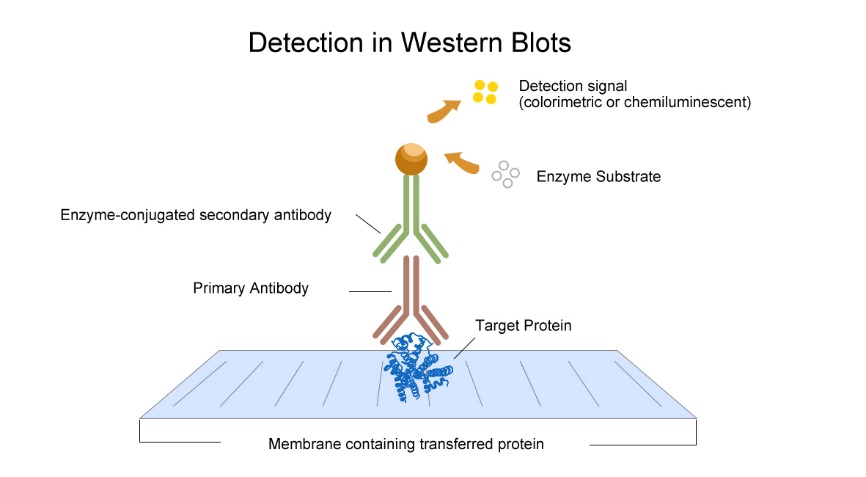

Other modified blotting techniques such as middle-eastern blot, eastern blot, far-eastern blot, northwestern blot, southwestern blot, and far-western blot, following the direction-oriented naming tradition, have been subsequently developed based on the classical three techniques ( Figure 2). The main three blotting techniques are Southern blot (developed by Edwin Southern, 1975), northern blot (developed by James Alwine, David Kemp, and George Stark, 1977), and western blot (developed by Harry Towin, Theophil Staehelin, and Julian Gordon, 1979), which are used for the detection of DNA, RNA, and protein, respectively. In general, a blotting technique is accomplished by: 1) size-based separation of molecule mixture from samples by gel electrophoresis 2) transfer and subsequent immobilization of size-fractionated molecules from the gel onto a membrane support, allowing the formation of a faithful and stable replica of the gel pattern on the membrane 3) specific hybridization of labeled probes to the molecules of interest (target molecules) immobilized on the membrane 4) visualization of the labeled probe/target molecule complex through imaging, allowing identification of the presence, size, and amount of the target molecule by the presence, location, and thickness of a specific band on the image, respectively ( Figure 1). In conclusion, not only is blotting a smart strategy for enabling the detection of molecules of interest but also the concept of blotting plays an important role in biotechnology.īlotting is a classical investigative technique used to detect macro-biomolecules (such as nucleic acids and proteins) of interest from samples (mixture of molecules). Specifically, the blotting step allows for fixation of size-separated molecules on the membrane, and permits subsequent hybridization of the target molecule to labeled probe, collectively allowing target molecules to be detected by imaging.

Particularly, the smartness of the blotting step in a blotting technique is emphasized. The present article briefly introduces blotting techniques for readers, since the direction-named techniques are confusing for people beyond the biotechnology field. The technique is generally composed of four steps: 1) gel electrophoresis-based separation of molecules, 2) blotting (transfer and immobilization) of separated molecules from the gel onto the membrane, 3) specific hybridization of probes to target molecules on the membrane, and 4) visualization of the probe/target molecule complex. Blotting is a classical technique for detecting macro-biomolecules of interest from a mixture of molecules.


 0 kommentar(er)
0 kommentar(er)
